New Year Detox Guide: Part One – Why Detox?

Your world's a toxic place, unfortunately. Land......
Along with losing weight, joining a gym and giving up smoking, another popular New Year idea is undergoing a detox program of some kind. Most people reading this blog are likely to be familiar with the term “detox”, or detoxification, but there are a lot of competing and overlapping schools of thought about detoxing, what toxins are, and how to best help the body eliminate them. Experts and quacks alike have written dozens of books on the subject, advocating this or that approach to get rid of toxins and waste. There’s no one universally agreed-upon definition or approach to detoxing.
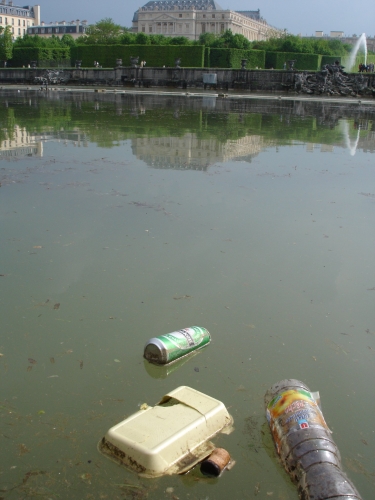
All the earth's surface water.......
Yet fundamentally all detox protocols have the same goal – assisting the body in its elimination of wastes or “toxins”. “Wastes” and “toxins” are used interchangeably, but are not quite the same thing. Waste is something your body generates or filters out; carbon dioxide, urine, feces, etc. Toxins come from the outside environment or from organisms within your body. True, when a waste product reaches a certain tissue concentration it becomes toxic, but we wouldn’t refer to urine or CO2 as a toxin per se.
What all detox philosophies have in common is the fundamental concept that modern living constantly and repeatedly exposes the body to unhealthy compounds (toxins like industrial chemicals, plastic residues, pollutants in air, food and water, pesticides and herbicides, alcohol, drugs, etc). Many of these have already been proven to be toxins, carcinogens or hormone disruptors. Many are also invisible, odorless and tasteless even at harmful concentrations. So you really have no easy way of knowing what your exposure is like. And although our bodies do have some capacity for dealing with toxins, that capacity is limited and not measurable, so it’s not possible to know when those limits have been exceeded either. Worse, we can suspect that Modern Living lowers these limits by forcing us to lead largely sedentary lives, limiting the time we have to shop for and prepare healthy foods, and perhaps also by limiting the time we have to explore lifestyle changes that might help us in other ways, for example, to get off that depression drug or enabling us to bike to work.
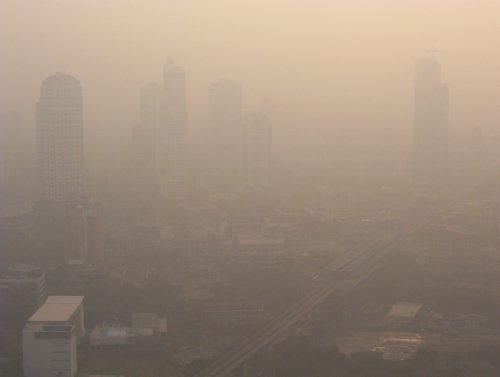
And certainly the air. Can you spot Bangkok?
Without lab tests, it’s near impossible for someone to measure their toxic “status” with any kind of precision, or with respect to any specific toxin. But by paying attention to our bodies, we can glean some clues that our bodies are carrying too heavy of a burden. Here are some things to look for:
- Persistent fatigue that doesn’t respond to rest.
- Skin irregularities such as blotchiness or color changes, very oily skin, unusual redness, exacerbation of conditions like eczema or psoriasis.
- Dull headaches with no clear cause (not tension, not caffeine withdrawal, etc)
- Loose, poorly formed stools.
- Dark or cloudy urine.
- Darkened, yellowed or lusterless sclera (white of the eyes).
- Puffy appearance as if retaining excess fluids and water.
- Change in body odor or unusually strong body odor even shortly after bathing.
If you don’t experience any of these can you still undergo a detox? Absolutely, but just be aware that most people use improvements in problems like these to gauge the effectiveness of their detox. So without some kind of parameter for you to evaluate before-and-after your detox, it might be harder for you to get a sense of what it did for you.
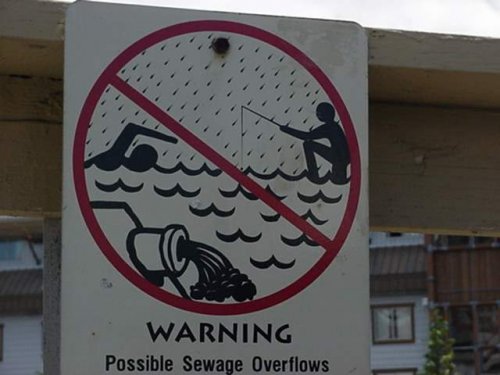
People can approach a detox as simply or aggressively as they choose. Most detox products and approaches are designed to complement or enhance one or more of the body’s inherent detoxification pathways:
Liver: Does the lion’s share of the chemical detoxification in the body. Exactly how the liver handles a toxin or waste depends on the chemical nature of that toxin, but a very wide range of industrial, biological and pharmaceutical toxins must be handled by the liver. Simultaneously, the liver also has to break down hormones, old blood cells and cellular debris while it synthesizes hundreds of crucial body chemicals.
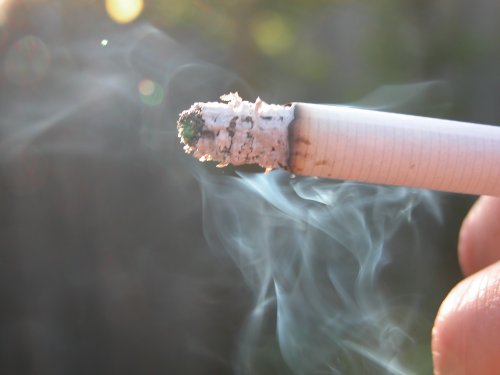
Kidneys: The kidneys filter water-soluble wastes from the bloodstream, mix them with water to form urine, which is eventually passed outside the body. But since healthy kidneys don’t store wastes to a significant degree, there’s not much there to detoxify. Drinking plenty of water 1-3 liters per day will help the kidneys as much as anything else you can do for them.

Gastrointestinal Tract: Here’s where nutrients and non-nutritive materials in food are separated so the former can be absorbed and the latter can be eliminated. Besides a consistently clean diet, optimal elimination requires plenty of water (which most people do not consume) abundant fiber (which most people do not come close to consuming) and a healthy population of intestinal bacteria (which most people do not have).
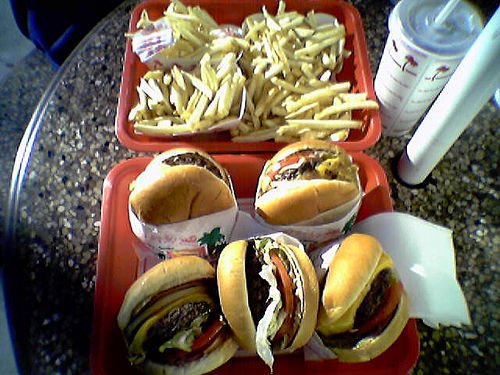
Lymphatic system: This little-known and poorly-understood system is where the liver, circulatory and immune systems come together. In addition to blood vessels that circulate blood around the body, you also have a similar network of lymph vessels. Lymphatic vessels flow in one direction only, draining away fluid and wastes from cells, tissues and organs, collecting this debris and waste-rich fluid in ever-larger vessels that eventually mix in with blood, just before blood re-enters the heart from its circuit around the body. It’s similar household sewer lines that connect to underground pipes which collect into larger pipes,and larger pipes, that eventually deliver the raw sewage into the treatment plant.
Along the way, the lymphatic fluid moves through mesh-like filters located in lymph nodes. Lymph nodes contain very high concentrations of immune cells (lymphocytes) that help to cleanse the lymphatic fluid by engulfing and digesting all kinds of cellular debris. The lymphatic system also helps to transport dietary fats and fat soluble compounds.
Skin: Skin plays a minor but important role in detoxification via perspiration, a route by which the body can remove some wastes from the upper levels of skin where blood and lymph circulation are poor.
In addition to detoxing by enhancing or supporting the body’s inherent detox pathways, another popular type of detox approach is chelation (key-LAY-shun). Chelation employs specific compounds that are able to bind with non-nutritional minerals and metals to facilitate their removal from the body.

In Part Two, we’ll discuss a few simple approaches and products and the pathways they address. Once you get an overview of the different products and approaches, it’ll be easy to put together your own safe and effective New Year Detox.
- Posted in Human Body 101, Nutrition FAQ's
- 1 Comment





